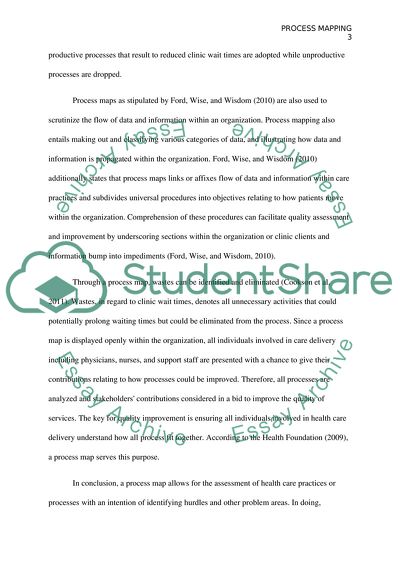Not Found (#404) - StudentShare. https://studentshare.org/medical-science/1856669-using-process-maps-for-quality-assessment-and-improvement
Not Found (#404) - StudentShare. https://studentshare.org/medical-science/1856669-using-process-maps-for-quality-assessment-and-improvement.


